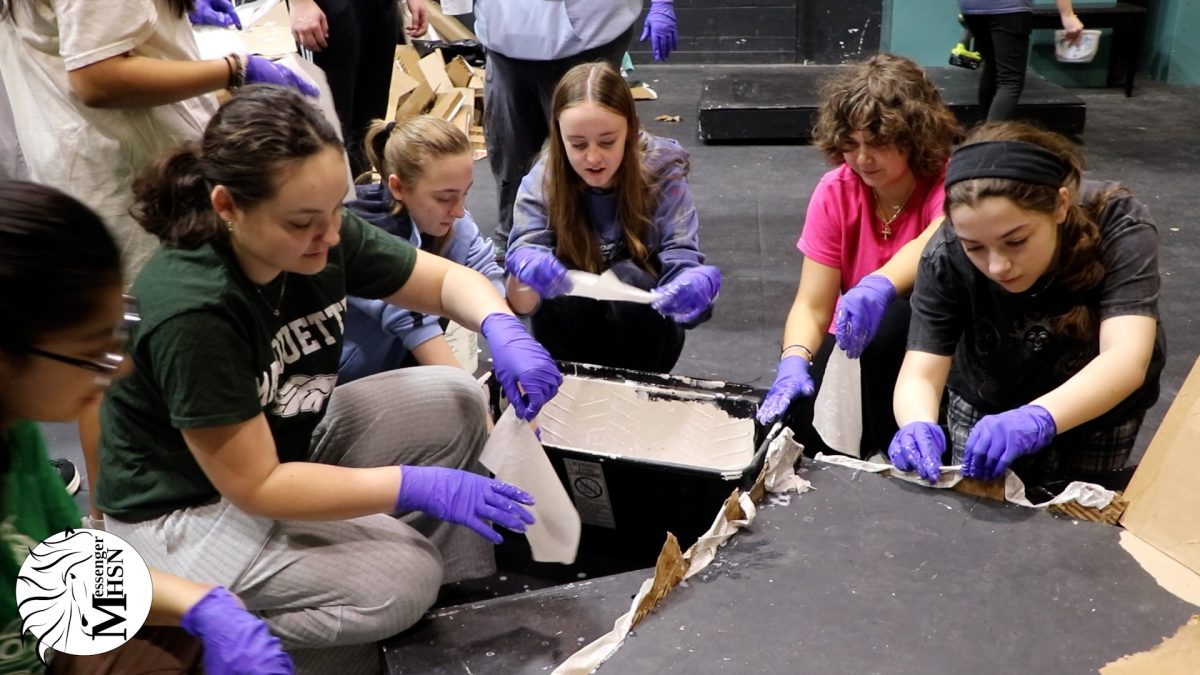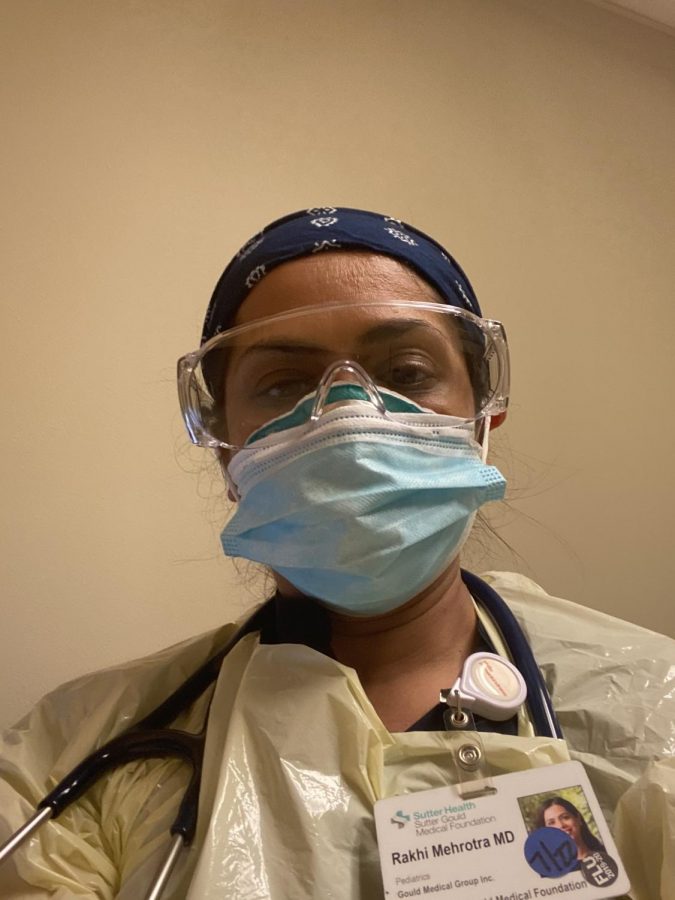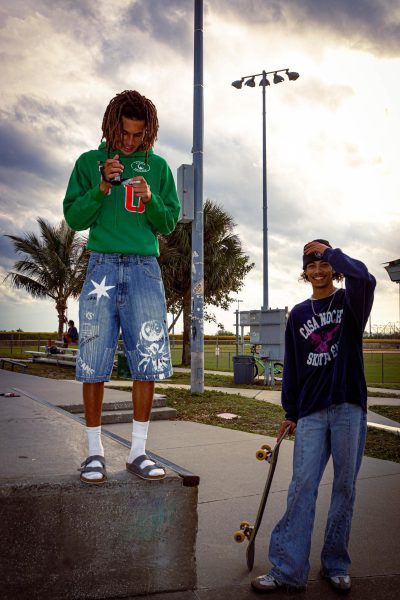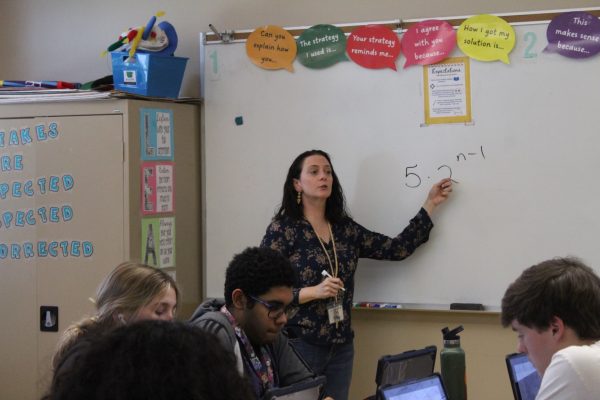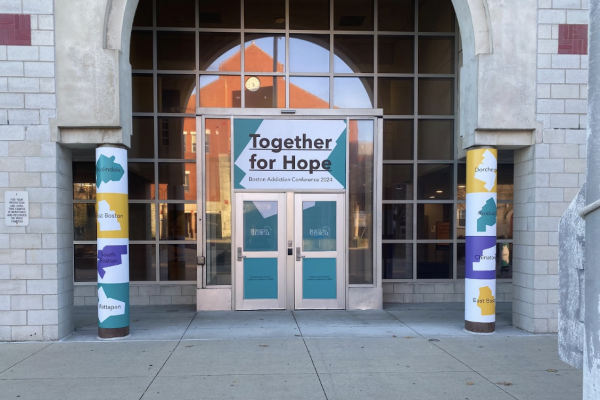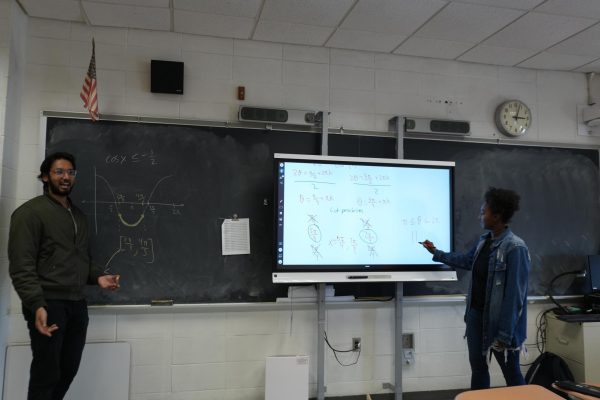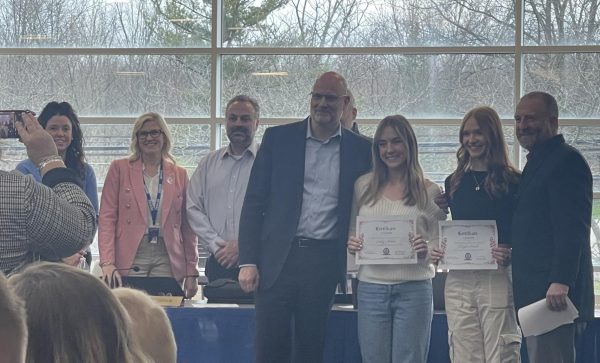Behind the Vac-Scene: Dr. Rakhi Mehrotra sees major changes in hospital with development of COVID-19
Experiences with the COVID-19 vaccine
Rakhi Mehrotra
Dr. Rakhi Mehrotra wears her PPE in the Pediatric respiratory/COVID clinic at the hospital
March 22, 2021
When the COVID-19 pandemic first hit, Dr. Rakhi Mehrotra faced a new reality working in hospitals.
“After COVID stuck, it really changed the way our day looks now. As soon as the lockdown happened, we had to completely stagnate our clinics,” she said.
As a general pediatrician working at Sutter Gould Medical Foundation, Stockton Pediatrics, her job pre-COVID entailed working with both sick and healthy kids, with about half of the ill kids having respiratory issues, like pneumonia or asthma.
However, as the state was put under lockdown, the number of kids she was able to see per day dropped significantly.
“Before COVID, on a good day, we would easily see 17-20 patients,” she said. “[After COVID-19 started], we had to stop seeing the well and the sick kids together. Parents were not comfortable coming… in a sick environment or a medical facility.”
Slowly, well patients began returning for medical visits, following the strict screening protocols before entering the hospital. While this process was occuring, Dr. Mehrotra and her colleagues were facing another issue.
“We had to [start] seeing our sick kids, we couldn’t just leave them like that,” Dr. Mehrotra said. “We could not bring them inside the clinic, so we started the car-sick visits.”
In these visits, medical staff would set up tents outside the hospital and see their sick patients by appointment for about two hours a day. This process seemed like it would work smoothly, but unfortunately, the pandemic occurred alongside another issue: California fire season.
“The air quality became bad; we faced a lot of challenges,” she said. “We had to temporarily shut [the car-sick] visits off too.”
To combat this issue, doctors began using “tele-medicine,” a method by which doctors would video chat with their patients in lieu of in-person visits. Hospitals faced some initial issues to ensure that these video calls were HIPAA-compliant, but slowly, this method of medicine kicked in just as winter rolled around, when outdoor visits would not have been feasible.
Not all sick patients could be treated online, so Sutter Hospital had to make some changes.
“Sutter stepped in and took half of our department… and made the respiratory-sick clinic. We started bringing our sick children over there,” Dr. Mehrotra explained. “Since adult medicine was affected in a similar way as pediatrics was, the half of the department that was designated for pediatrics had to be finely shared with the adult medicine. In the respiratory-sick clinic, now we see the sick children there and the adult urgent care.”
Doctors now do COVID swab testing in this new clinic, seeing that as the pandemic has progressed, children have been as affected by COVID as adults have. To ensure further safety, Sutter took measures such as changing the ventilation system in this clinic in order to not pass the infected air through the rest of the hospital.
Dr. Mehrotra is one of five pediatricians that rotate weekly through this clinic, while keeping up with tele-medicine. Because of her in-person medicine, she and her team were the second priorities for receiving the COVID-19 vaccine.
“I received the Pfizer vaccine [through] the hospital system… and I’m already done with my second dose,” she said. “When they started the vaccine [distribution], it was prioritized – the ICU doctors, the ER doctors, the healthcare staff in the hospital. After that, when they were covered, came the outpatient doctors, like [me].”
Dr. Mehrotra and her colleagues are all faring well after the second dose, which typically shows minor side-effects, like fatigue or a low fever. Despite these symptoms, she recommends that anyone with the vaccine available takes it, as the side effects are a sign of immunity building up and receiving the vaccine is an important safety measure.
“I have three children at home,” she said. “The risk, the fear is that you bring [the virus] home. At least, I’m happy that I got [the vaccine] and it’s some protection, if not 100 percent.”
This story was originally published on Wildcat Tribune on March 19, 2021.



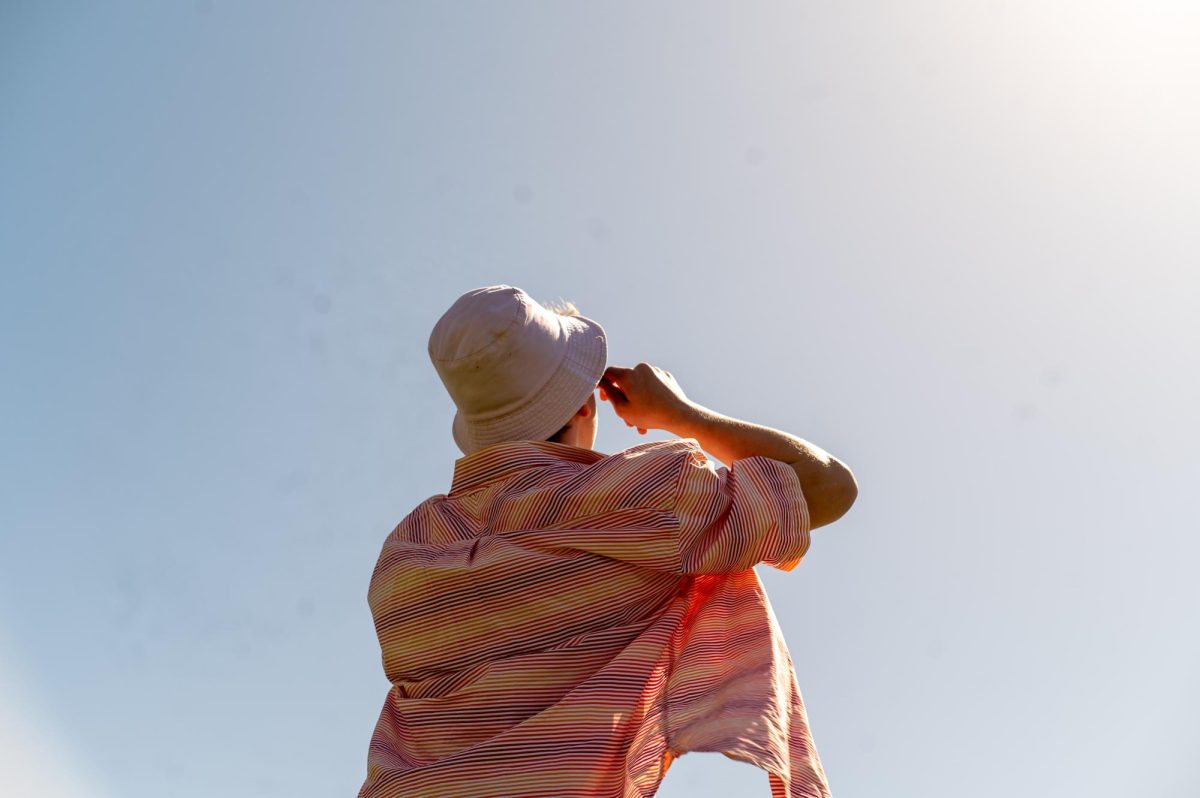







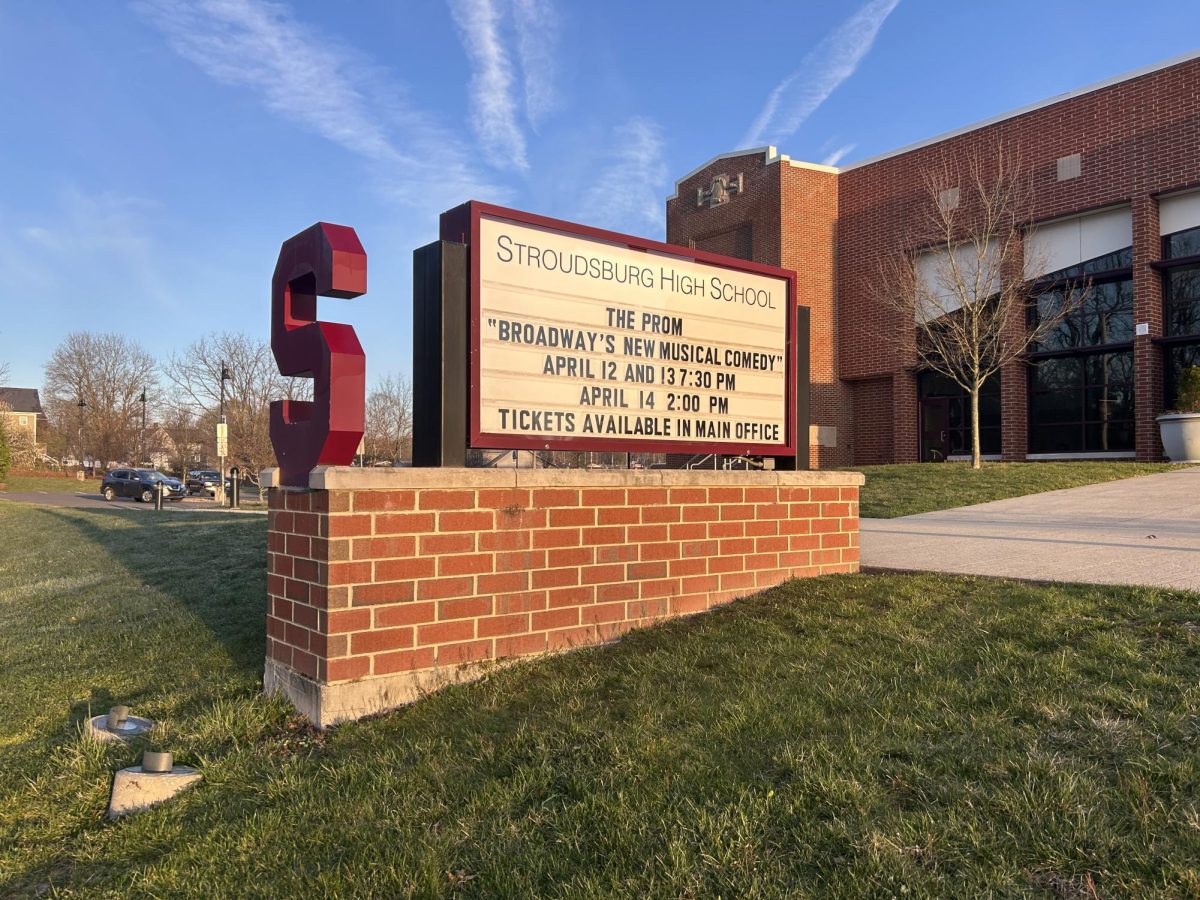
















![IN THE SPOTLIGHT: Junior Zalie Mann performs “I Love to Cry at Weddings,” an ensemble piece from the fall musical Sweet Charity, to prospective students during the Fine Arts Showcase on Wednesday, Nov. 8. The showcase is a compilation of performances and demonstrations from each fine arts strand offered at McCallum. This show is put on so that prospective students can see if they are interested in joining an academy or major.
Sweet Charity originally ran the weekends of Sept. 28 and Oct. 8, but made a comeback for the Fine Arts Showcase.
“[Being at the front in the spotlight] is my favorite part of the whole dance, so I was super happy to be on stage performing and smiling at the audience,” Mann said.
Mann performed in both the musical theatre performance and dance excerpt “Ethereal,” a contemporary piece choreographed by the new dance director Terrance Carson, in the showcase. With also being a dance ambassador, Mann got to talk about what MAC dance is, her experience and answer any questions the aspiring arts majors and their parents may have.
Caption by Maya Tackett.](https://bestofsno.com/wp-content/uploads/2024/02/53321803427_47cd17fe70_o-1-1200x800.jpg)
![SPREADING THE JOY: Sophomore Chim Becker poses with sophomores Cozbi Sims and Lou Davidson while manning a table at the Hispanic Heritage treat day during lunch of Sept 28. Becker is a part of the students of color alliance, who put together the activity to raise money for their club.
“It [the stand] was really fun because McCallum has a lot of latino kids,” Becker said. “And I think it was nice that I could share the stuff that I usually just have at home with people who have never tried it before.”
Becker recognizes the importance of celebrating Hispanic heritage at Mac.
“I think its important to celebrate,” Becker said. “Because our culture is awesome and super cool, and everybody should be able to learn about other cultures of the world.”
Caption by JoJo Barnard.](https://bestofsno.com/wp-content/uploads/2024/01/53221601352_4127a81c41_o-1200x675.jpg)



